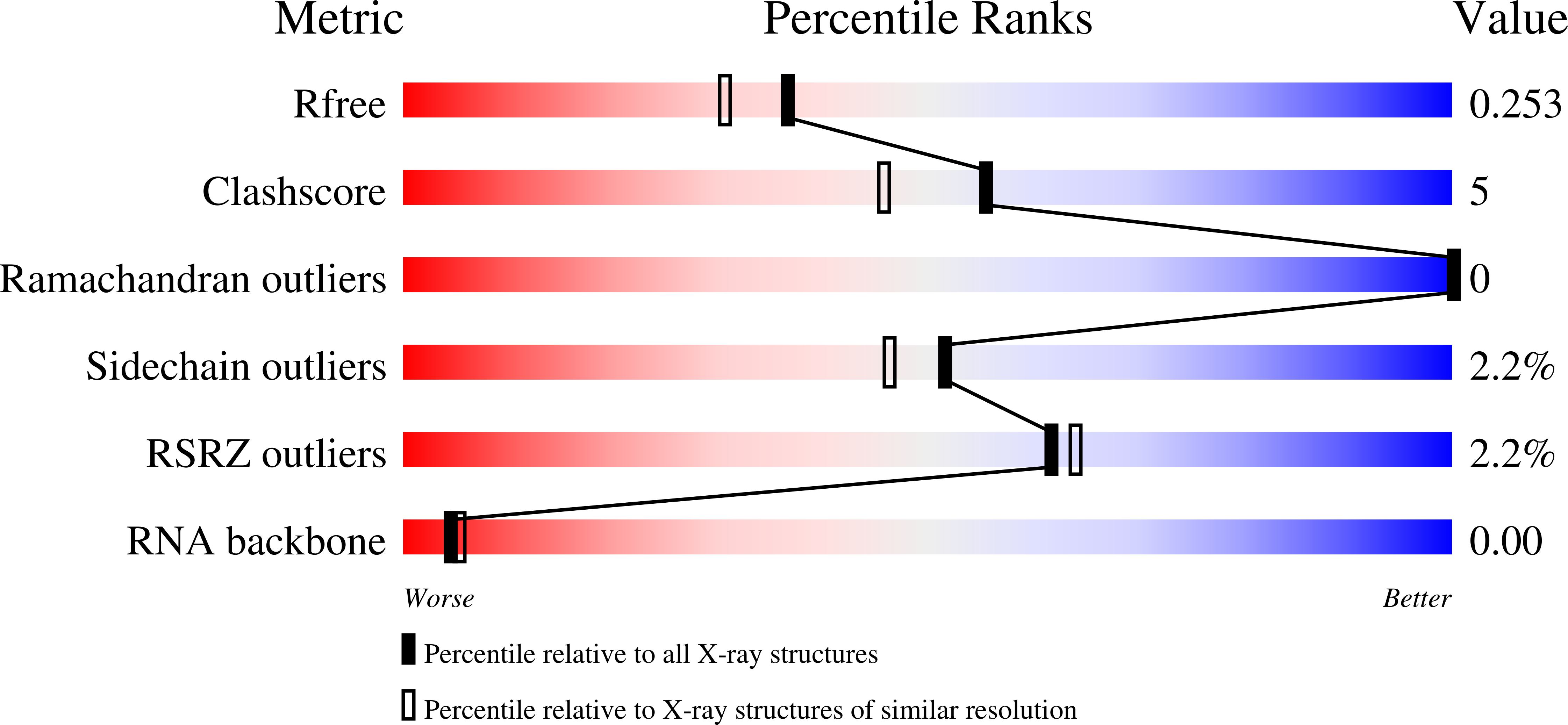
Deposition Date
2022-10-11
Release Date
2022-11-30
Last Version Date
2024-05-01
Entry Detail
PDB ID:
8BAO
Keywords:
Title:
Dysgonamonadaceae bacterium CRISPR ancillary nuclease 2
Biological Source:
Source Organism:
Dysgonamonadaceae bacterium (Taxon ID: 2065189)
Synthetic construct (Taxon ID: 32630)
Synthetic construct (Taxon ID: 32630)
Host Organism:
Method Details:
Experimental Method:
Resolution:
2.06 Å
R-Value Free:
0.25
R-Value Work:
0.21
R-Value Observed:
0.22
Space Group:
C 1 2 1


